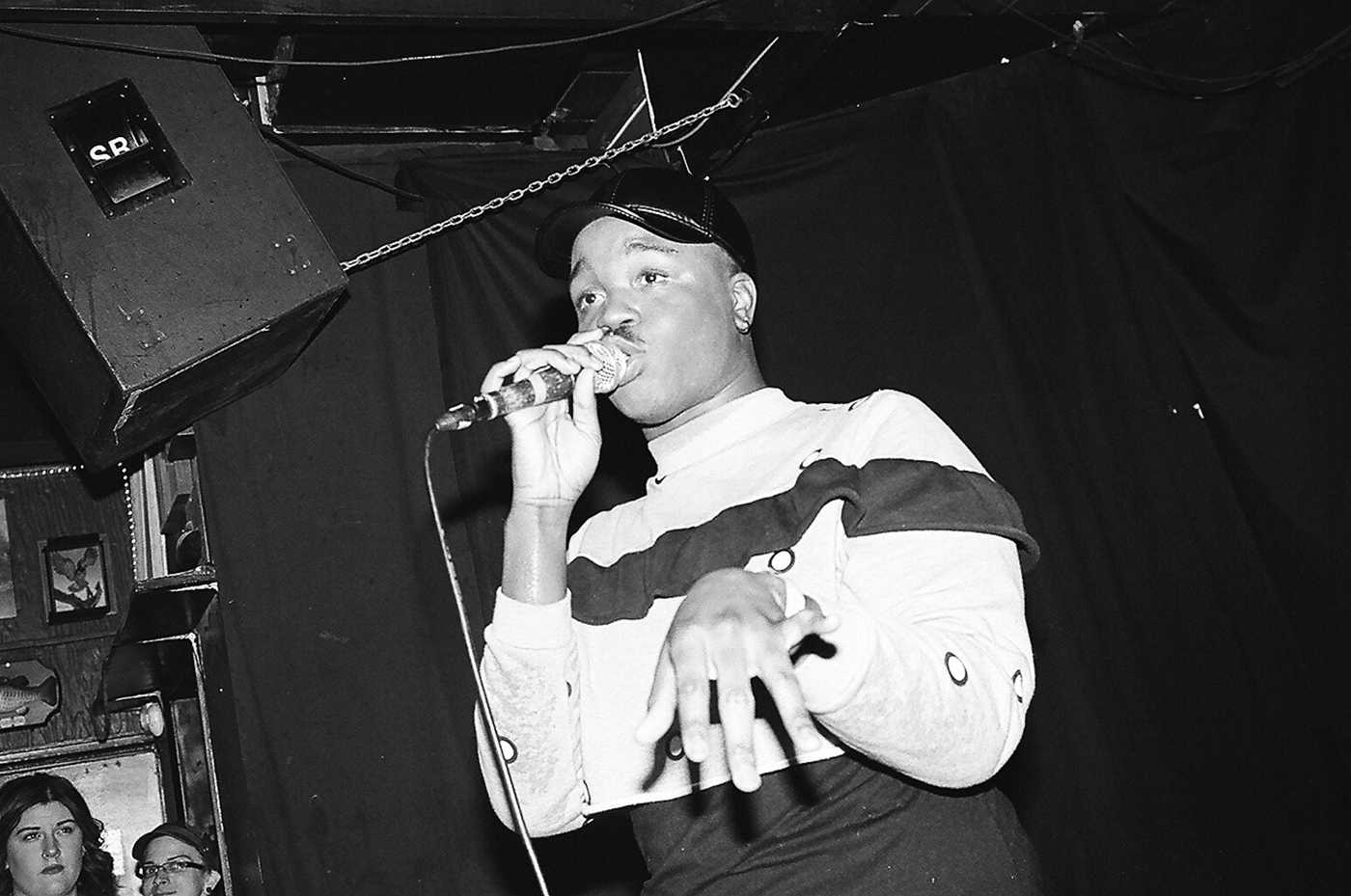Karen Durbin, “Female Impersonators: The Great Escape,” Village Voice, February 24, 1975.
David Novak, “Noise,” in Keywords in Sound, ed. Novak and Matt Sakakeeny (Duke University Press, 2015), 133. On the cultural construction of noise in the US context, see Ronald Radano, Lying Up a Nation: Race and Black Music (University of Chicago Press, 2003), 93; Jon Cruz, Culture on the Margins: The Black Spiritual and the Rise of American Cultural Interpretation (Princeton University Press, 1999); and Tricia Rose, Black Noise: Rap Music and Black Culture in Contemporary America (Wesleyan University Press, 1994). Countering the view of noise as disorderly to civic formation, social theorists have attributed noise positively to the subaltern, the minoritarian, and the masses, with noise standing in as a “prophetic” form of difference, and often as a metaphor for some sort of harmonic totality. See Jacques Attali, Noise: The Political Economy of Music, trans. by Brian Massumi (1985; University of Minnesota Press, 2009).
Novak, “Noise,” 128.
Durbin, “Female Impersonators.”
Critical to the concept of feminization is that it is in “intimate relation to the category of woman but is not reducible in its effects to people assigned female,” as Emma Heaney writes. Heaney describes the historical process of feminization as encompassing a range of institutional discriminations, including those that early women’s suffrage sought to overcome, such as “rights to freedom of dress, ownership of property and wages, child custody, and the vote.” Heaney continues: “This modern gender reshuffling provided women with escape from the material bases of feminization, just as the emergence of the homosexual threatened men with a distinctively male feminization.” The New Woman: Literary Modernism, Queer Theory, and Transfeminine Allegory (Northwestern University Press), 49–50. Earlier inquiries can also be found in Vivian Namaste, Invisible Lives: The Erasure of Transsexual and Transgendered People (University of Chicago Press, 2000), 29.
Leah Tigers, “A Sex Close to Noise: An Essay about Transgender Women and Music,” trickymothernature.com →.
Jordana LeSesne, “Let Us Live,” The Brooklyn Rail, May 2021 →.
LeSesne, “Let Us Live.”
See Jordana LeSesne’s Bandcamp page →.
Robert Vare, “Discophobia,” New York Times, July 10, 1979.
Salomé Voegelin, Listening to Noise and Silence: Towards a Philosophy of Sound Art (Bloomsbury, 2010), 48.
Julia Serano, Whipping Girl: A Transsexual Woman on Sexism and Scapegoating of Femininity (Seal Press, 2007), 85.
I am indebted to Anson Koch-Rein’s research on dysphoria, as it is used and contested by transsexual people to describe the dissonances between their own sense of gender and their experiences of perceived-gender enforcement. Rather than a medical or psychological concept, Koch-Rein offers a reading of dysphoria as a form of knowledge that names the specific “position of a gender not being universally considered valid.” “Mirrors, Monsters, Metaphors: Transgender Rhetorics and Dysphoric Knowledge,” (PhD diss. Emory University, 2014), 19.
